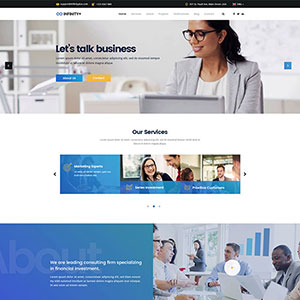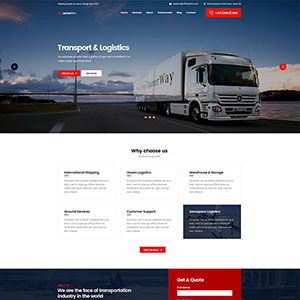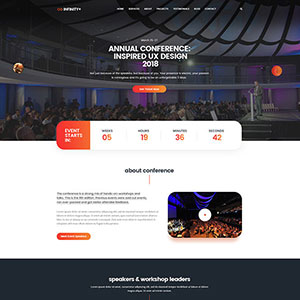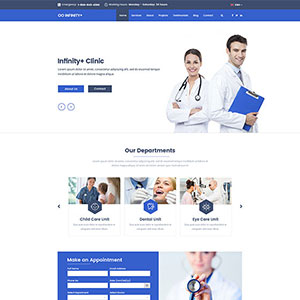
In many firms, freight costs can be in the millions or tens of millions of dollars. This large expense can represent a significant percent of a company’s revenue. As a large expense item, it needs to be managed very skillfully.
The first blog in this series (http://www.dantranscon.com/index.php/blog/entry/becoming-a-best-in-class-shipper-1-freight-data-management) looked at the need for detailed, accurate, freight spend data. One of the benefits of having this type of quality data is that it allows the transportation leaders of an organization to create a quality freight budget. The budget should be tied directly to the company’s business plan and supply chain strategy. Every manufacturer or distributor must make certain assumptions about how it plans to transport its inbound raw materials and deliver its finished goods. These assumptions outline the modes and expected costs.
The budget should detail on at least a monthly basis, the projected revenues and freight costs. Since many companies utilize multiple modes (e.g. small parcel, LTL , intermodal, etc.) and multiple service options (e.g. next day by 9:00 AM, regular ground, air freight etc.), it is important to capture this type of granular data since the costs will vary based on the mode and service chosen. Similarly, projections should be made concerning fuel surcharges and any other extra cost that can be a significant component of the freight budget.
The company should also produce a monthly transportation expense variance report. The report should be granular and provide variances on expenses by mode and cost item. It should highlight percentage changes in modal utilization and carrier collaboration.
• Is a change in the modal percentages a signal that there are production issues, overzealous sales personnel or lax transportation management?
• Do these numbers signal a lack of capacity from certain modes or carriers?
• Do the variances signal poor loading and unloading practices?
These are some of the questions that come to mind when there are variances between budget and actuals. The sooner these “maverick expenses” are identified, the sooner corrective action can be taken and the sooner the company’s profits can be enhanced.
Another key element of successful freight spend management is Freight Payment. Best in Class shippers have a process in place to audit their carrier invoices. Typically 1 – 2 percent of carrier invoices contain rating errors. These can be unintentional or intentional. Shippers need robust audit processes to ensure that the rates in the carrier invoices match with those in the rate agreements. Spend management is a critical function performed by Best in Class shippers.
To stay up to date on Best Practices in Freight Management, follow me on Twitter @DanGoodwill, join the Freight Management Best Practices group on LinkedIn and subscribe to Dan’s Transportation Newspaper (http://paper.li/DanGoodwill/1342211466).



















